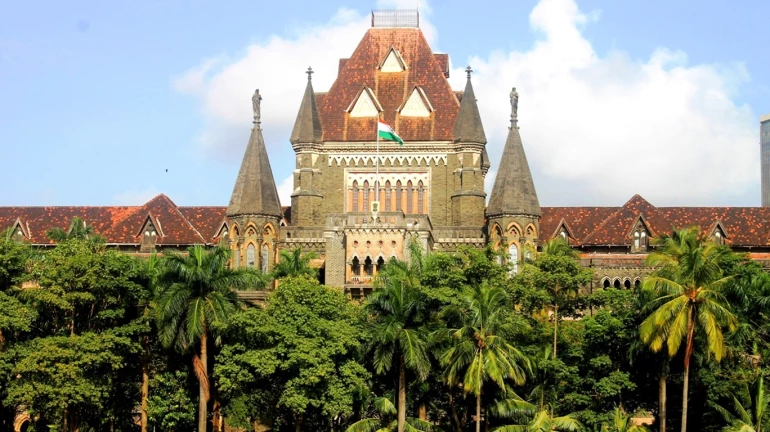
In a significant development impacting urban planning and environmental governance in Mumbai, the Bombay High Court has restored nearly 120 hectares of land at Kanjurmarg—previously used as a dumping ground—to its original status as a protected forest under the Forest Conservation Act (FCA) and the Indian Forest Act. The decision has delivered a setback to both the Maharashtra state government and the Brihanmumbai Municipal Corporation (BMC), which had been operating the landfill.
The court’s ruling has resulted in the quashing of a 2009 notification issued by the Divisional Commissioner of Konkan, which had removed the ‘protected forest’ classification from the site to enable landfill operations. It was held by the court that any such de-notification must be carried out only by following the prescribed procedure under the FCA, which had not been adhered to in this case. A three-month compliance window has been granted to the BMC to implement the necessary consequences of the court’s verdict. A request made by the government for a stay on the order was declined, with the bench observing that the time allotted for compliance was sufficient.
The verdict was delivered by a division bench comprising Justices Girish S. Kulkarni and Somasekhar Sundaresan. The case had been initiated through a Public Interest Litigation (PIL) filed by the environmental NGO Vanashakti in 2013, which contested the use of the land—located along Thane Creek—for solid waste dumping. It was argued that the area fell under the Coastal Regulation Zone (CRZ) and that the dumping operations posed serious environmental and public health hazards.
The court took note of the fact that the land in question was originally salt pan terrain, which, over time, had witnessed natural mangrove growth. It was observed that the lease for salt production on the land had expired around 2003, and subsequent notifications under the Environment Protection Act and CRZ Regulations had reclassified the area as CRZ-1, thereby conferring it with protected status. It was further held that previous judicial observations had already clarified that mangrove-covered land is automatically deemed as both CRZ-1 and protected forest area. The High Court reiterated that garbage dumping on such ecologically sensitive zones stood prohibited by law.
Arguments presented by the Maharashtra government and the BMC, which claimed that only a minor portion of the land (around 20.76 hectares) was covered by mangroves and that the 2009 notification was issued to correct a classification error, were found unconvincing by the bench. The submissions were evaluated alongside findings from the Maharashtra Coastal Zone Management Authority (MCZMA), satellite imagery, and prior judicial pronouncements. The court noted that mangrove destruction had occurred due to an unauthorized wall constructed by the municipal corporation, which had obstructed natural tidal flow and stunted vegetation. The 2009 de-notification, it concluded, was not based on proper environmental assessment and did not satisfy the legal thresholds outlined in the FCA.
Accordingly, the 2009 order was declared unsustainable and was set aside. The High Court also emphasized that the earlier forest notification was issued after thorough on-ground verification, satellite mapping, and legal due process, and could not be deemed a clerical mistake. An appeal before the Supreme Court is likely to be pursued by the state authorities, though no confirmation has been made yet. In the meantime, the status of the Kanjurmarg site has been officially reinstated as a protected forest, thereby halting any further landfill activity in the area.





